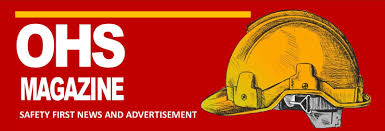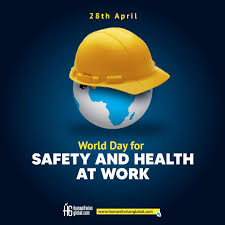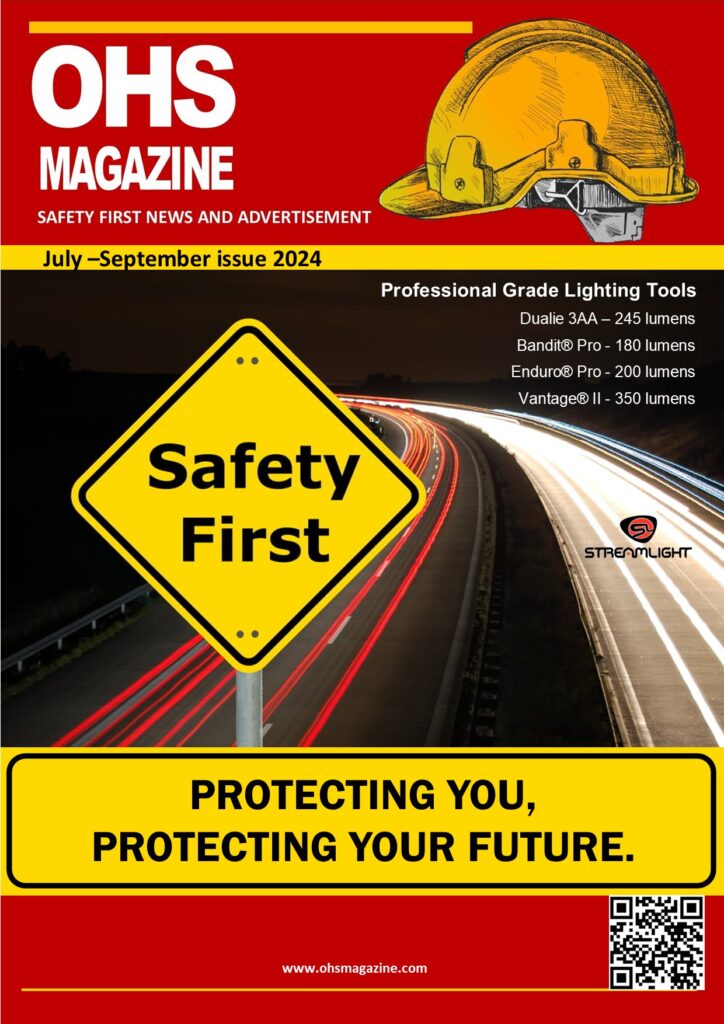Safety for Public Figures: A Guide for EHS Managers and Other High-Profile Roles. As an EHS manager, you may be more visible than you realize. Whether you’re the go-to person for safety inquiries or a familiar face on the company website or in social media posts, your role often places you in the public eye. This increased visibility offers an excellent opportunity to promote crucial safety practices, but it also brings with it certain risks, especially when interacting outside the workplace.
Understanding how your public role exposes you to unique safety concerns—and taking proactive steps to mitigate those risks—is essential. While this guide is focused on EHS managers, its advice applies equally to anyone in a company with a high profile and frequent interactions with many types of people, such as HR managers, executive assistants, or a facility manager. These roles typically involve a broad network of contacts, both inside and outside the organization, that increases the likelihood of encountering potential risks.
Consider the story of an EHS manager at a large company located near a small town. Many of the employees either walk or drive into town. Occasionally , those who drive offer lifts to pedestrians. One evening, after a long and tiring day, an EHS manager was walking home. She felt exhausted and hoped to catch a ride. As she walked, a car suddenly stopped beside her. Without giving it much thought, she opened the door and sat down next to the driver. The driver, visibly surprised, asked, “Why did you get in?” to which the EHS manager casually replied, “You stopped.” The driver, still puzzled, responded, “I just stopped at the stop sign.”
This story was shared with me by a colleague who was an EHS manager. She often recalls it with a smile, even though it highlights an important safety concern. As a public figure, the EHS manager likely didn’t recognize this driver, even though they assumed the car belonged to a colleague. In her mind, anyone who stopped for them was probably a familiar face from the workplace. However, this kind of assumption can be dangerous. When others might hesitate to get into a car with a stranger, the EHS manager’s position as a public figure, along with the expectation of familiarity in the workplace, led them to make a risky decision.
This failure to assess the situation carefully illustrates how being a public figure can sometimes lead to lowered vigilance in everyday situations. Just because someone may appear familiar doesn’t guarantee safety, and the assumption of familiarity can lead to poor outcomes.
In another instance, another EHS manager returned home one evening to find something unsettling at their door. A silver chain with a cross was wrapped around the doorknob, and there were strange markings around the door. Needless to say, it was a little unnerving. So, the EHS manager turned to two colleagues for advice.
One of them, a younger guy who was always eager to show off his knowledge of anything “mysterious,” suggested they whip up a protective amulet to ward off any bad vibes. He’d clearly been reading too much about magic lately and was eager to impress, hoping his “wisdom” would make him seem a bit more… intriguing.
The other colleague, taking a more practical approach, said, “Forget the amulet. Report this to leadership and get security involved.”
While the first guy was well-meaning (and probably just wanted to seem interesting,) his advice didn’t really help the situation. Superstitions and unproven rituals weren’t going to solve the problem or protect anyone. The second colleague’s suggestion was spot on: getting the company’s security team involved was the best way to handle this situation.
The EHS manager followed this advice and contacted the company’s security team. After a thorough investigation, it was discovered that the silver chain had been placed there by one of the company’s employees. This individual had recently suffered a workplace injury and blamed the whole management team, including the EHS manager, for the incident. The employee had hoped to invoke a sense of guilt through this symbolic act. Security services interviewed the employee, allowing them to express their frustrations openly, and the matter was resolved.
In this case, involving security services was the correct decision. Security personnel are trained to handle sensitive situations professionally and can assess the situation objectively, providing a resolution that ensures both the safety of the EHS manager and the well-being of the employee involved.
While initially the act of placing a symbolic object on someone’s doorstep might seem relatively harmless, it quickly became clear how troubling the situation was. The employee’s knowledge of the EHS manager’s home address and their decision to trespass on private property without permission was a significant violation of personal boundaries. When individuals breach personal boundaries—especially in such an intimate setting as a home—it raises the risk of harm. In such cases, what appears to be an innocuous act can easily evolve into a more dangerous threat.
One of my colleagues once told me about a former coworker who was known for his strict approach to safety audits. He’d often stop work over even the smallest violations, which didn’t sit well with many of the workers. This led to escalating tensions, and eventually, the man’s service vehicle became a target. Several times, someone tried to set it on fire in retaliation.
This kind of situation underscores how public-facing roles, especially those with a reputation for being strict or uncompromising, can lead to personal safety risks. Public figures, whether in the workplace or beyond, face a unique set of challenges. Traffic officers frequently encounter verbal and physical attacks during roadblocks, while environmental inspectors face threats when addressing poaching or illegal mining activities (Mail & Guardian, 2022). Educators in under-resourced schools also face abuse from students and parents, reflecting the volatile nature of some workplace environments (South African Human Rights Commission, 2022).
To reduce the risk of similar situations, it’s important to take personal safety measures in everyday life. When parking, choose well-lit areas that are in close proximity to building entrances. If possible, always park in spots with security cameras or where other people are nearby. Avoid disclosing your home address or other personal information, especially on social media or in public settings.
Another situation arose when an EHS manager was at home one evening, unwinding after a long day. They opened their social media account, expecting to catch up with friends or colleagues. However, a notification caught his eye: an unsolicited message from an unknown user. The message contained not only inappropriate comments, but also direct threats, making the EHS manager uneasy. This online interaction could easily have escalated into something far more dangerous if not handled with caution.
As a public figure, it’s vital to be cautious with your online presence. Sharing too many personal details—such as your location, daily routines, or travel plans—can inadvertently expose you to risks. Even simple posts about daily activities or photos with family members can make you vulnerable to people with malicious intent. In this case, the EHS manager took immediate steps to block the unknown user, report the message to the social media platform, and notify security services about the threat.
Public figures, especially those in safety-related roles, are often targets for both praise and criticism, and online interactions can quickly cross a line. Being cautious about what you share online, limiting access to your personal information, and using privacy settings on social media platforms can provide an extra layer of protection. If necessary, consider using separate accounts for personal and professional use or even creating profiles under a pseudonym to maintain your privacy. These steps can help mitigate risks and provide peace of mind in an increasingly connected world.
As an EHS manager, your role extends beyond just ensuring the safety of others at work. It also involves safeguarding your own well-being, both online and offline. Whether it’s trusting your instincts when interacting with strangers, maintaining a secure online presence, or recognizing the warning signs of potential threats, personal vigilance is crucial. The stories shared in this article highlight how easily everyday situations can escalate, and how the lines between professional and personal life can blur when you’re a public figure.
To mitigate these risks, it’s essential to take proactive steps. Start by conducting a personal safety audit—review your social media presence, evaluate your security measures at home, and consider training in personal security, and cyber safety. Encourage your colleagues and peers to be equally aware, creating a safety-conscious culture both inside and outside the workplace.
By applying the same safety standards you promote at work to your personal life, you can significantly reduce the risks you face. Don’t wait for an incident to happen—take action now. Stay aware, set clear boundaries, and always prioritize your safety. Your well-being is just as important as the safety of those you protect every day.
This article was written by Olga. Olga Bodiagina is an experienced Environmental, Health, and Safety (EHS) professional with 18+ years in manufacturing, construction, and food production. I have led safety and environmental initiatives at KBR, Otis Elevator Co., and Saint-Gobain and hold a Master’s degree in Forestry, along with certifications in Occupational Safety and ISO standards.






